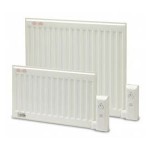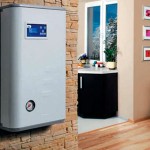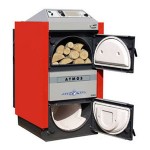What Uses the Most Electricity in a House?
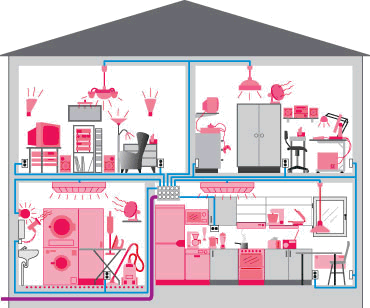
No matter, for what reason you are pursuing the answers to this frequently asked question – high-cost monthly bills or just leisure interest – your own competence in global electricity usage won’t hurt. Indeed, few of us really understand how it all works in our homes every minute, every hour, every day.
Consider the USA and European Union, for example. Household electricity demand – neither commercial nor industrial sector – makes up ? of total kWh consumption in the most developed nations. Interestingly, 25% of global energy powers American electrical devices in the houses.
So, let’s open the veil: what uses the most electricity in a house, drawing an extreme amount of kWh’s? This is high time you got to know the residential energy hogs-eaters-guzzlers – anything!
Contents
Large & Small Home Appliances: 5 Essentials You’d Start Wondering About
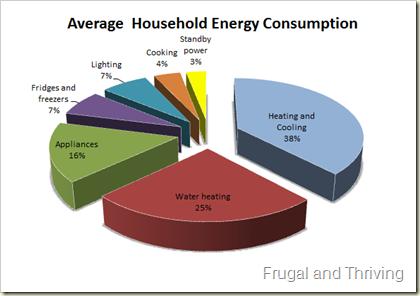
- Over the past 30 years, their efficiency has dramatically increased. If you leave on a single home appliance that’s rated as ‘1,000 watts’ for 1 hour, it will ‘eat’ 1 kWh of electricity – energy measures in kilowatt-hours (1kWh = 1,000 watts).
- And now think about other appliances you’ve got in your house: either small (toasters & coffee makers, hair dryers & curling irons, vacuum cleaners & many more) or large (refrigerators, dishwashers, washing machines, etc.) What uses the most electricity in a house? Notice a tendency – this is heat production that takes watts.
- Despite these are going to be big-watt items, they are such only during short periods of time. There is a significant difference between appliances drawing much power once you’ve used it, and those drawing fewer watts but working on and on, running non-stop, e.g. a fridge, a freezer, a water heater & others.
- Household electricity use is typically presented on the average, depends on each country and thus, varies between nations. The mean intake in an ordinary American home is 2.5 times as high as that of a UK household, 4 times as high as that of an Italian one, and 10 times as high as that of an Indian one. Nevertheless, we all tend to consume electricity for similar occupations: a) cooking; b) washing; c) lighting; d) heating; e) air conditioning; f) refrigeration; g) entertainment; h) using gadgets & appliances.
- The most expensive appliances are those running either continuously or on a regular basis. In addition – if this is your case, of course – so are all those older household items with leaks, inefficient motors & poor insulation. Meet the top guzzlers in a house: electric kettles & ovens, dishwashers & washing machines, TVs/DVDs & air conditioners.
Where the Watts or Kilowatts Are Going, or How Energy Works
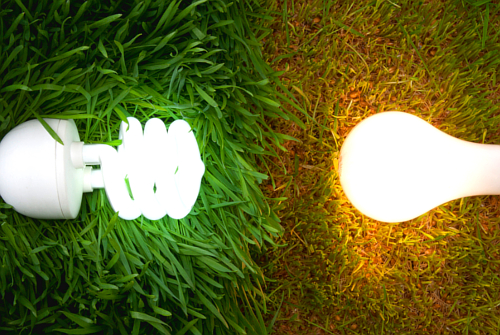
Every electrical appliance used by you requires a certain amount of electricity to work. That means it is possible to check out for how much electricity and money each device steals. Households differ: so, calculate your own home appliances:
For example, 1000W ? 2 hours = 2 kWh.
Move around your house and keep counting: finally, you will be surprised at the findings. Here is where energy bills arise from – everyday items.
4 Kings of Power Consumption
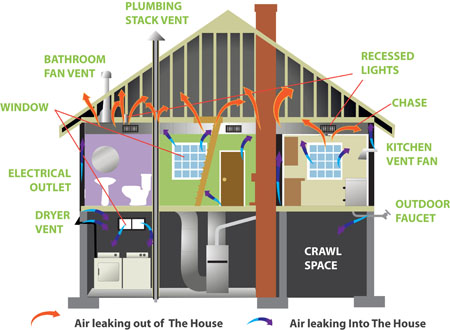
HVAC Systems – heating, ventilation & air conditioning systems – account for a 45+% of the residential average energy bill. Though, their efficiency is measured by season.
240-Volt Appliances include water heaters (drawing 14% of total energy cost = between 4.5-5.5 kW), clothes dryers (up to 5 kW), electric ranges & dishwashers (from 1 to 2 kW).
Refrigerators & Freezers rank high not because of their powerful draw, but continuous use. What to speak of out-of-date fridges & freezers with inefficient compressors, poor insulation & other prominent features. For example, those with an automatic defroster or through-the-door ice maker may increase the energy consumption by 20-40%!
Lighting makes up nearly 12% of average-sized energy bill. National environmental protection agencies estimate that if every household has replaced 1 traditional bulb with an Energy Star one, each country will save energy to light millions of homes & save hundred million dollars in utility bills. After all, smart light bulbs can last 10 times longer.
How to Cut Electricity Usage? A Few Key Pieces of Advice for Smart Consumers.
- Understand how electricity works!
- Conduct your own kWh audit!
- Take control of a single home appliance use!
- Follow the energy saving guides!
- popular
- new


